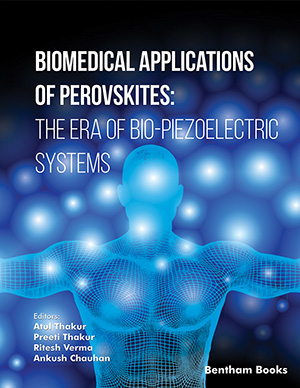Abstract
Regeneration of damaged bone tissue can be accomplished by mimicking
the extracellular matrix (ECM) by generating porous topographic substrates. The
process of bone tissue regeneration is supported by incorporating natural proteins and
growth factors. The scaffolds developed for bone tissue regeneration support bone cell
growth and induce bone-forming cells by using natural proteins and growth factors.
Limitations associated with the referred approaches are improper scaffold stability,
insufficient cell adhesion, proliferation, differentiation and mineralization with less
expression of growth factor. Therefore, the use of engineered nanoparticles has been
rapidly increasing in bone tissue engineering applications. The electrospray technique
that produces nanomaterials has an advantage over other conventional methods as it
generates particle sizes in the micro/nanoscale range. The size and charge of the
particles are controlled by regulating the flow rate and electric voltage of the polymer
solution. The unique properties of nanoparticles are the large surface area to volume
ratio, small size and higher reactivity, making them a suitable substrate to be used in
the field of biomedical engineering. These nanomaterials are extensively used for drug
delivery as therapeutic agents, mimicking cellular components of extracellular matrix
and restoring and improving the functions of damaged organs. The controlled and
sustained release of encapsulated drugs, proteins, vaccines, growth factors, cells and
nucleotides from nanoparticles has been well-established in nanomedicine. The present
chapter provides insights into the preparation of nanoparticles by electrospraying and
illustrates the use of nanoparticles in drug delivery for the purpose of bone tissue
engineering.
Keywords: Biocompatible, Extracellular Matrix, Hydroxyapatite, Perovskite, Piezoelectric, Tissue Engineering.


















